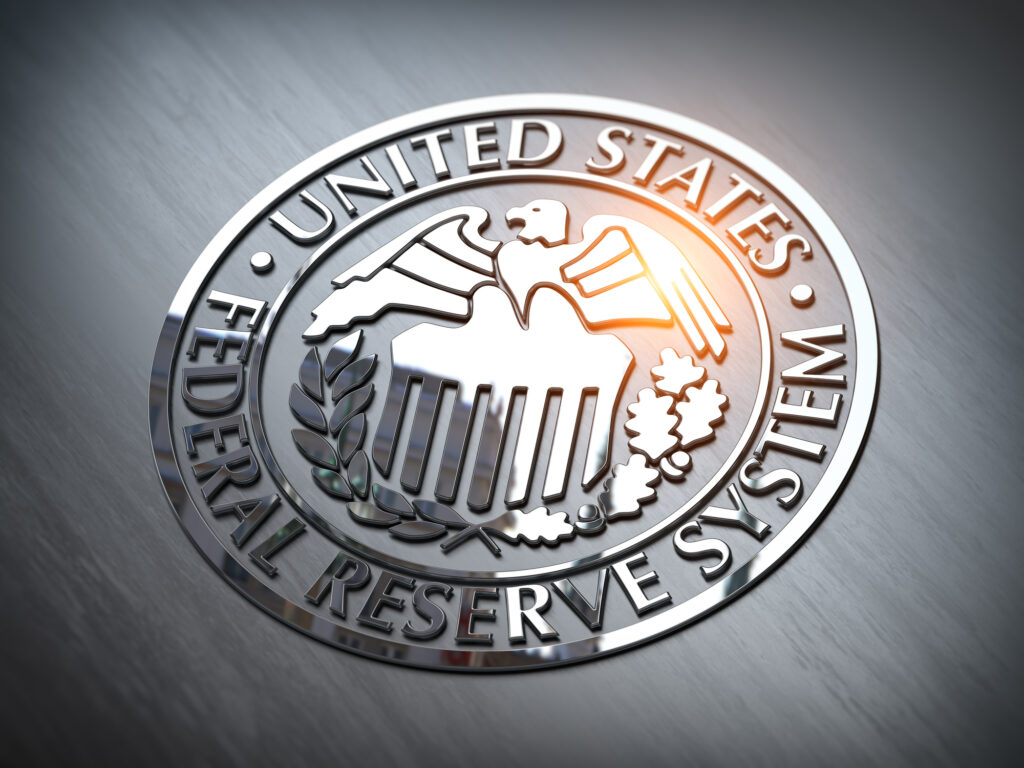
For the fourth time in a row, the Federal Reserve has decided to hold interest rates steady, keeping the federal funds rate at 4.25%–4.50%. On the surface, that might sound uneventful—but beneath the calm, there’s plenty going on. And if you’re retired or nearing retirement, the ripple effects of this decision are worth paying attention to.
So, what’s driving the Fed’s decision, and why does it matter for your financial future?
Why the Fed Paused Rates
Fed Chair Jerome Powell, as usual, was clear and concise: “Uncertainty is unusually elevated.” And that’s largely because of the evolving landscape around new tariffs and global trade tensions, especially with new global oil supply uncertainty. While inflation has cooled slightly in recent reports, Powell made it clear that we’re not out of the woods yet.
Here are a few key reasons the Fed is staying cautious:
- Tariff Trouble Ahead: New import tariffs haven’t fully shown up in consumer prices yet, but the Fed expects them to creep in over the coming months. As Powell put it, “Someone has to pay for the tariffs”—and that someone is likely the American consumer.
- Strong (But Shifting) Labor Market: The job market is holding steady, with unemployment around 4.2%. That gives the Fed room to wait and watch without rushing into a rate cut.
- A Divided Fed: While some Fed officials are open to a rate cut as soon as July, others prefer to wait until fall. And notably, seven policymakers now think rates won’t come down at all in 2025.
What Does This Mean for Your Retirement Strategy?
Whether you’re already retired or planning for it, interest rates shape a lot more than just mortgage rates. They influence bond yields, savings account returns, annuities, pensions, and even stock market behavior. And with this ongoing uncertainty, one thing is clear: You need a retirement plan that works in any interest rate environment. Here’s how to make that happen:
- Lock in Strong Yields While You Can: Higher rates mean better opportunities for CDs, bonds, and fixed annuities. If income stability is a goal, now could be a good time to act.
- Execute Informed Diversification: Relying too heavily on any one asset class—especially interest-sensitive ones—can backfire. A well-balanced portfolio can help protect you from both market swings and Fed curveballs.
- Plan with Inflation in Mind: Even if inflation appears to be cooling, new tariffs or global shifts can bring it roaring back. Incorporating inflation-adjusted strategies like TIPS or cost-of-living adjustments can provide long-term protection.
- Adapt Your Withdrawal Strategy: Don’t set it and forget it. Flexible withdrawal strategies like adjusting your drawdown rate during volatile years can stretch your nest egg further.
- Avoid Reactive Decisions: Headlines come and go, but your plan should be rooted in long-term thinking. Stay aware of economic shifts, but don’t let short-term decisions derail your retirement vision.
What Now?
The Fed’s decision to hold rates steady is about more than numbers—it’s about managing risk in an unpredictable world. And the same should apply to your retirement plan. You can’t predict what the Fed will do next. But you can prepare. By building a plan designed to weather both high-rate and low-rate environments, you can start to feel more confident in your retirement finances. If you want to take the next step to help build confidence in your retirement finances, Click HERE to reach out to one of our professionals at Zinnia Wealth Management today for a complimentary review of your finances.
https://www.cnbc.com/2025/06/18/fed-rate-decision-june-2025-.html
This information is provided as general information and is not intended to be specific financial guidance. Before you make any decisions regarding your personal financial situation, you should consult a financial or tax professional to discuss your individual circumstances and objectives.
The source(s) used to prepare this material is/are believed to be true, accurate and reliable, but is/are not guaranteed.
SWG 4612558-0625






